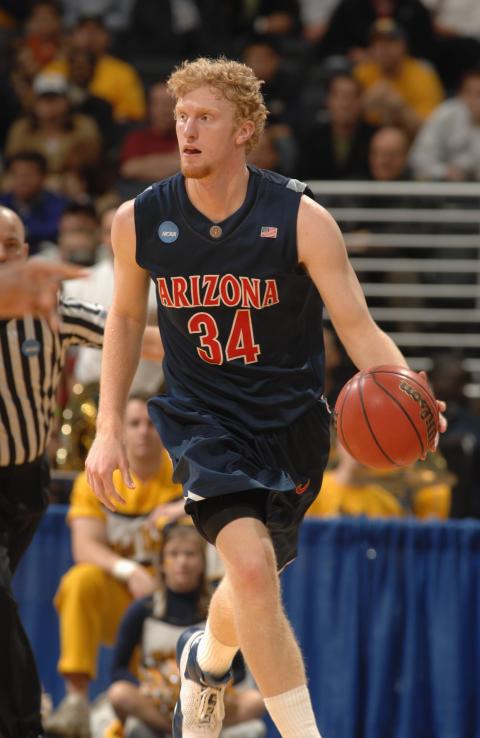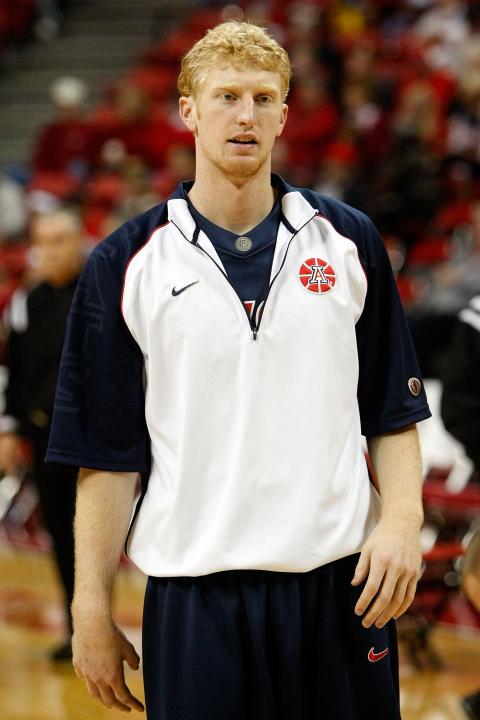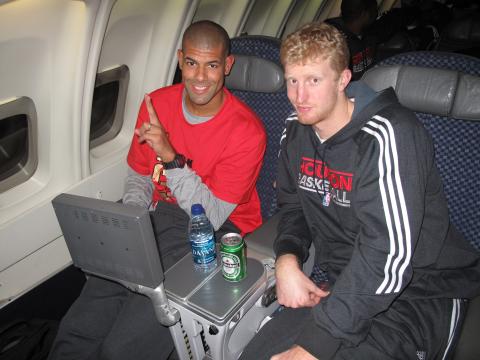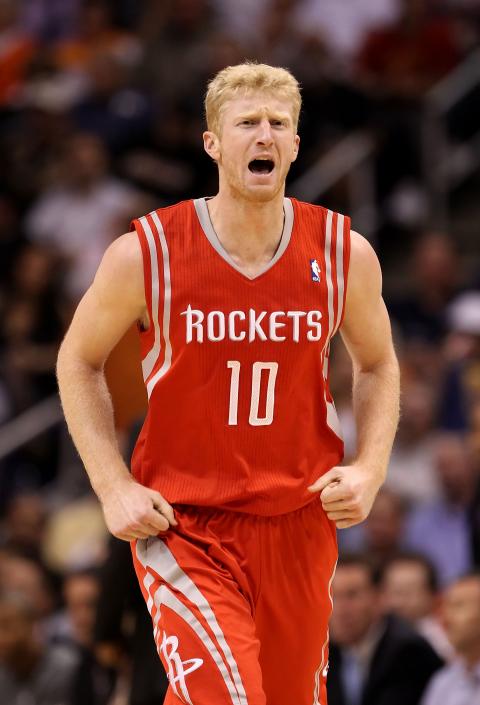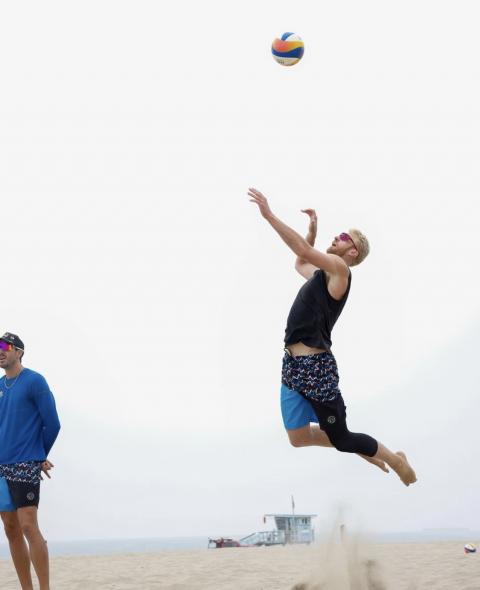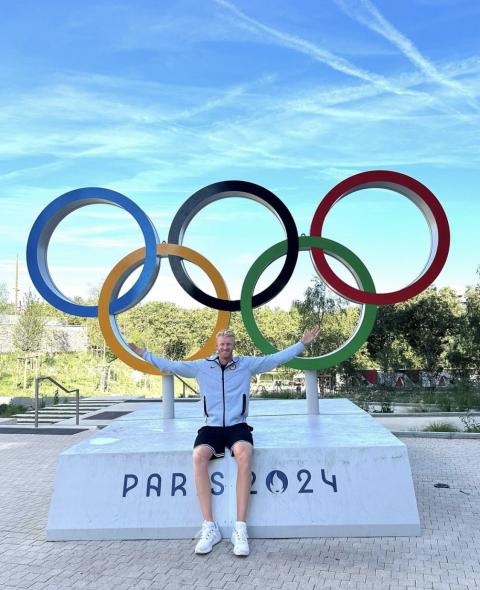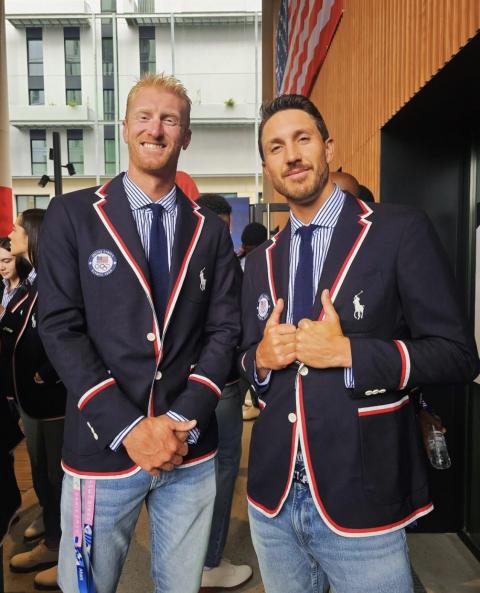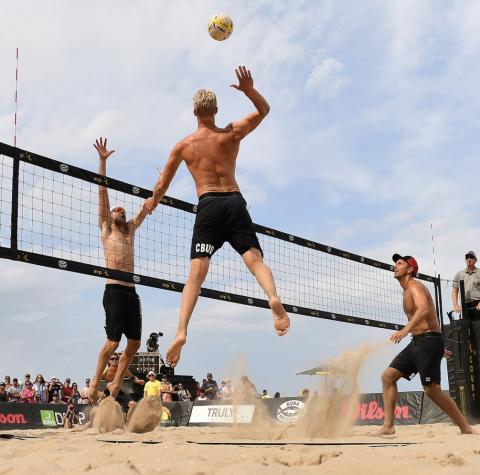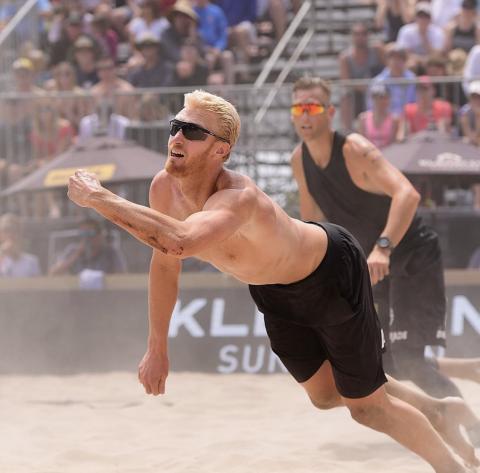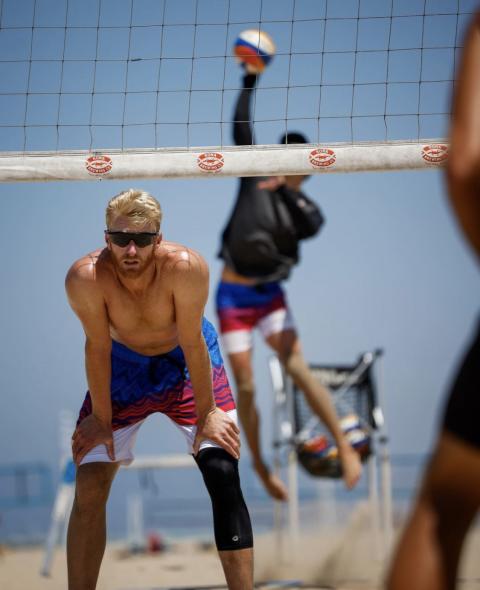What does it take to become a professional basketball player? If you were to ask the 500-plus NBA players each season, their answers might vary, but the core themes would remain the same: hard work, determination, and an unwavering commitment to chasing their dream. But what does it take to transition from professional basketball to competing in the Olympics – in a completely different sport? Only one person in the world can truly answer that: Chase Budinger. A seven-year NBA veteran, Budinger represented the United States at the 2024 Summer Olympics in Paris, not on the men’s basketball team, but as a beach volleyball player.
Though basketball was Budinger’s first love, volleyball was in his family’s DNA. His sister, Brittanie, played for the University of San Francisco before going on to compete professionally in Europe, while his brother, Duncan, also became a professional volleyball player. At La Costa Canyon High School in Carlsbad, Calif., Budinger made a name for himself in both basketball and volleyball. As a senior, he led his volleyball team to three state championships and was named National Player of the Year by Volleyball Magazine.
As offers from universities poured in, Budinger faced a difficult decision: Should he pursue his first dream of becoming an NBA player or continue splitting his time between basketball and volleyball? Several schools offered him the opportunity to pursue both, but Budinger ultimately chose to focus exclusively on basketball and committed to the University of Arizona.
